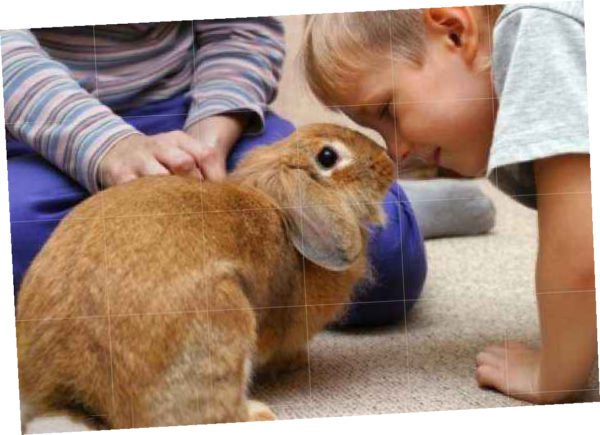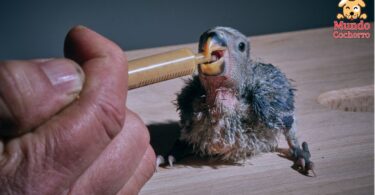The hamsters are the pets that lend themselves best when it comes to giving them as gifts with our handicrafts. Its tiny size makes it easy to design a house, a bridge or a swing, even a feeding trough or clothing, and the material cost will be minimal.

It is advisable, in this case, to keep a close eye on the material you are going to use. To give you an idea, you cannot use varnishes, eva glue, contact adhesives, solvents, plastic or wires. They are unsafe for your hamster. In most cases, they are either toxic to hamsters or are difficult to digest and cause intestinal problems.
When using wood, for example, we must check that it is not pine wood. This is the most common in carpentry and stationery stores, but not because it is easy to find, we should opt for it. If we want to make a house for the hamster, it is better to use poplar or beech wood .
If we opt for cardboard, which is another valid material for crafts, although very easy for them to gnaw, we must ensure that there is no trace of glue (as with paper towels) or dyes that can be toxic.
The glue we use should be a white glue for children or a glue stick . Even so, we must be careful with the amount of glue we use and the area. It is preferable that the hamsters do not get to gnaw on it.
Knowing this, you can now make your hamstercrafts without any problems and surprise your cute little friend. Another day we’ll talk about which are the best welcomes to help the critter with its exercise.
Paola Vergara







